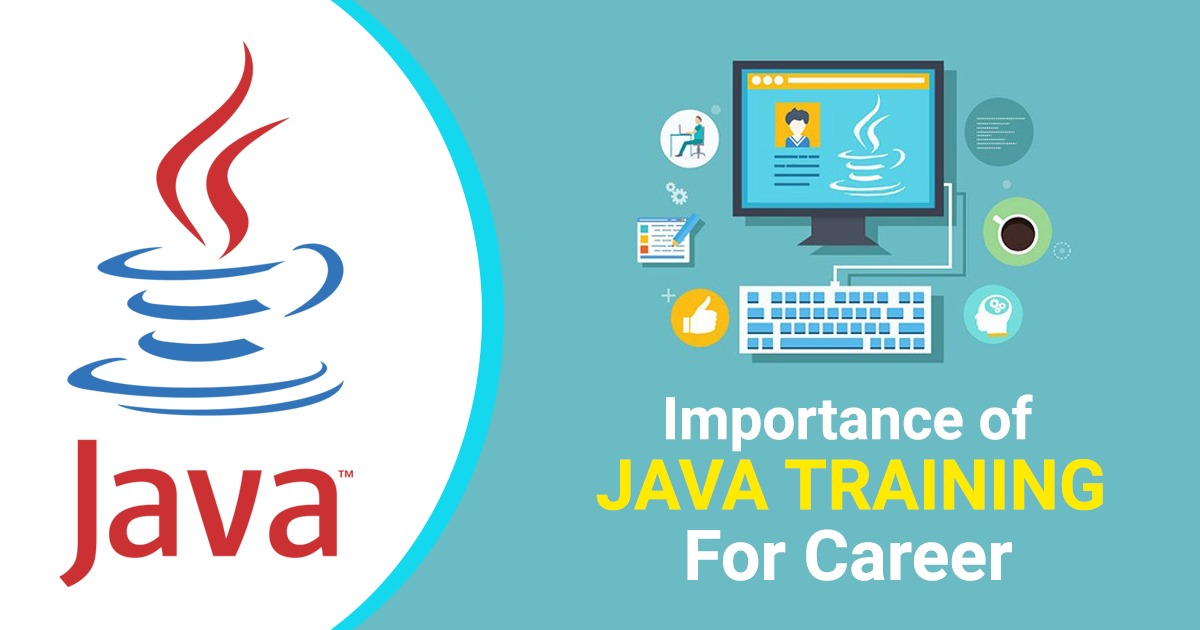
Full-stack Java Development is an approach that encompasses the entire software development process. Java, renowned for its robustness and versatility, is the language of choice for many developers in this field. With technologies like Java Spring for the back end and frameworks like JavaServer Faces (JSF) for the front end, Full Stack Java developers have the tools to create dynamic and scalable web applications.
As businesses increasingly rely on digital platforms, Full Stack Java developers are becoming indispensable, making it a field with opportunities. For individuals looking to embark on this journey, the presence of 100% placement assistance programs can be a game-changer for Greatcoder Technologies Pvt Ltd.
The demand for Full Stack Java developers is on the rise due to several factors:
Starting a career in full-stack Java Development can be both
exciting and
challenging. It requires technical skills, practical experience, and a deep
understanding of web development concepts. It provides 100% placement assistance
programs by Greatcoder Technologies Pvt Ltd.
Here's why 100% placement assistance is a vital resource for individuals
pursuing a career in Full Stack Java Development:
Full-stack Java Development is exciting and rewarding, with an ever-increasing demand for skilled professionals. The ability to work on both the front-end and back-end of web applications in Java provides a competitive edge in the job market. However,Greatcoder Technologies Pvt Ltd navigating the path to a full-stack Java Development career can be challenging. Having access to 100% placement assistance programs can significantly boost your chances of success by providing the training, guidance, and industry connections necessary to launch a thriving career in this dynamic field.
Copyright © 2023 Greatcoder. All Rights Reserved